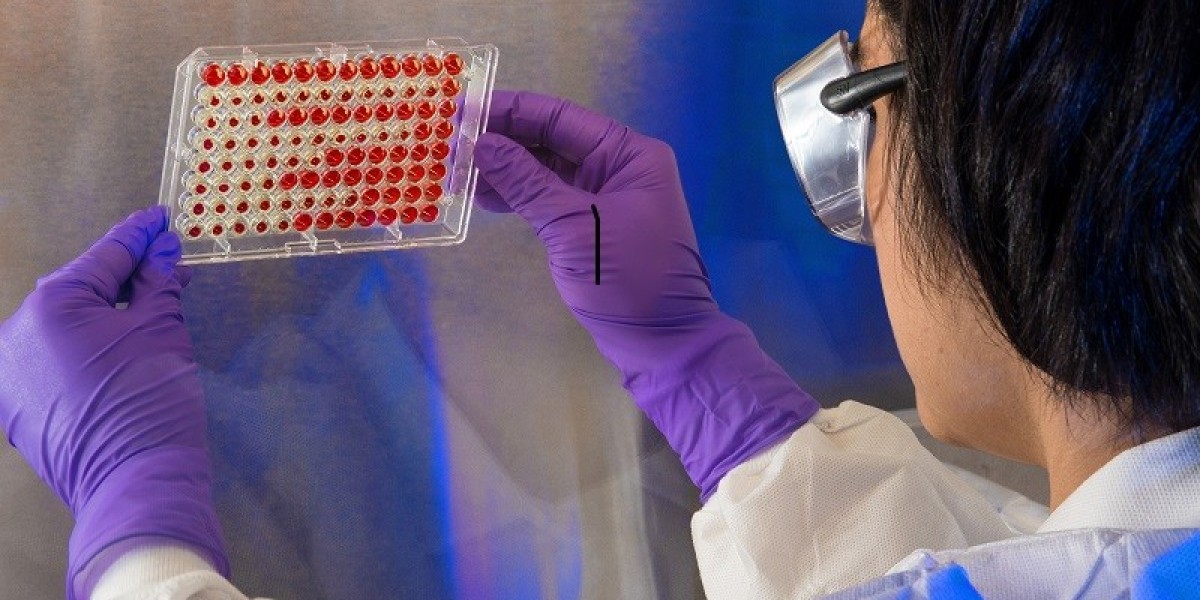Membrane proteins play key roles in various cellular functions and are key targets for drug intervention. In fact, approximately 60 percent of the drugs currently on the market target these specific proteins. In order to develop effective drugs that interact with membrane proteins, it is essential to understand the structure of membrane proteins and the fundamentals of the folding process.
Recognizing this urgent need, Prof. Duyoung Min and his research team at UNIST's Department of Chemistry embarked on a pioneering study to reveal the folding dynamics of helical membrane proteins. By developing a robust single-molecule tweezers approach using dibenzocyclocycloaddition and traptavidin binding, the team succeeded in estimating the folding "speed limit" of these proteins. These findings provide valuable insights into structural states, dynamics, and energy barrier properties and are critical to advancing our understanding of this field.
Single-molecule tweezers, including magnetic tweezers, have emerged as powerful tools for studying nanoscale structural changes of individual membrane proteins under force. However, previous studies were limited by weak molecular chains due to force-induced bond scission, preventing long-term observations of repeat molecular transfer. Overcoming this challenge is critical to obtaining reliable characterizations of structural states and dynamics.
In their study, published in the May 2023 issue of the journal eLife, Prof. Min and his research team introduced an innovative single-molecule tweezers approach that exhibited superior stability compared to conventional linkage systems. The lifetime of this new method is more than 100 times longer than that of existing methods, surviving for 12 hours at forces up to 50 pn and allowing approximately 1000 pull cycle experiments.
Using this advanced technique, the research team observed many structural transitions within the engineered single-chain transmembrane dimer under a constant force of 12 pN for 9 hours. These observations provide unprecedented insight into its folding pathway and reveal previously hidden dynamics associated with helical-coil switching.
To accurately characterize the energy barrier heights and folding times during these transitions, the researchers employed a model-independent deconvolution approach combined with Hidden Markov Modeling analysis. Results obtained using the Kramers rate framework revealed a very low speed limit of 21 ms for helical hairpin formation in lipid bilayers, in contrast to the typical microsecond scale of soluble protein folding. This difference can be attributed to the high viscosity of lipid membranes, which hinders helix-helix interactions.
These findings provide more effective guidance for understanding the kinetics and free energy associated with membrane protein folding, which is a key factor in the development of drugs targeting membrane proteins. Since approximately 60 percent of drugs on the market focus on these proteins, this research opens new avenues to enhance drug research and design.







